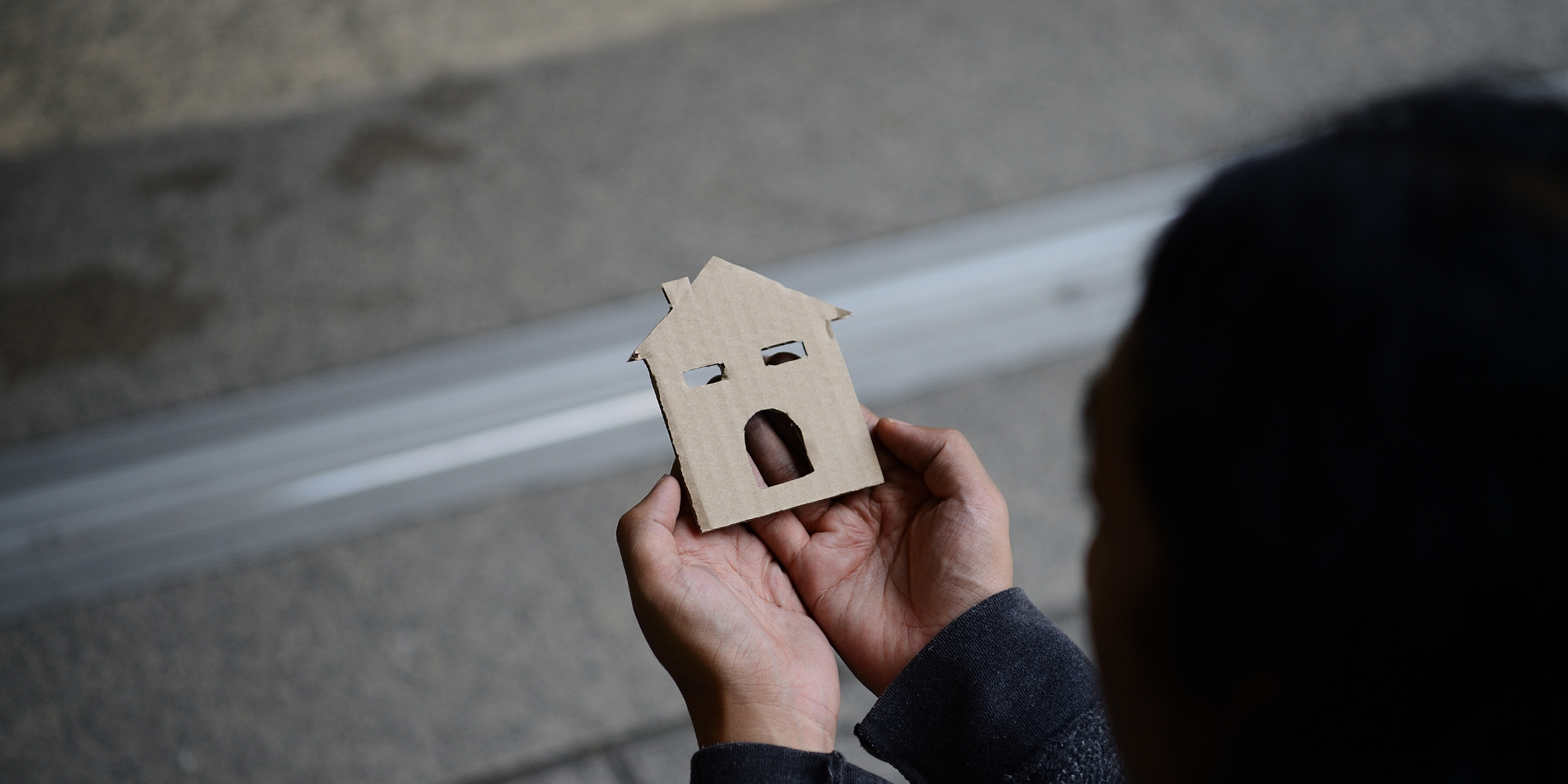Written with Naomi Smoot Evans, Esq, the Executive Director of the Coalition for Juvenile Justice.
Each year, 4.2 million youth and young adults experience homelessness in the United States. Many of these young people also have encounters with the criminal legal system. In order to best meet the needs of young people trapped at the intersection of homelessness and arrest/jail, cities must utilize cross-departmental and cross-system approaches that minimize harm and center youth in decision making processes. Through collaboration, the criminalization of homeless youth can be a thing of the past.
About Collaborating for Change:
The Coalition for Juvenile Justice launched its Collaborating for Change: Addressing the Intersections of Youth Legal System Involvement and Homelessness project in June 2016 with two main goals:
- to decrease the likelihood that homeless youth become involved with the legal system, and
- to prevent youth homelessness among system-involved youth.
In collaboration with project partners the National Network for Youth (NN4Y) and the National League of Cities’ Institute for Youth, Education, and Families (NLC), the project has/will generate policy and practice recommendations, training and technical assistance resources, and avenues for greater collaboration across systems.
Project Process
In the first phase of the project’s work, Collaborating for Change brought together a diverse range of stakeholders, including practitioners, policymakers, attorneys, and judges, to identify ways that city leaders, law enforcement, schools, the courts, housing providers and others could come together to end the link between housing instability and justice system involvement for young people and their families. The resulting Principles for Change featured key policy recommendations for leaders who were looking to prevent the criminalization of youth who were experiencing housing instability and to ensure that youth who encountered the justice system, did not experience housing instability as a result of that involvement.
NLC and CJJ have since worked with communities across the country through a mixture of learning networks and direct training and technical assistance to help implement the Principles for Change. In Cincinnati, for example, local youth shelter providers joined with attorneys to rethink the use of youth curfew laws. These laws criminalize youth who are out past a set time, and disproportionately impact Black youth and youth who are experiencing housing instability. Research, however, has shown little evidence that they are successful at meeting their goal of reducing youth crime and keeping young people and communities safe. In Connecticut, meanwhile, housing advocates worked in partnership with NLC and CJJ to bring together providers across systems to help examine young people’s needs and identify potential services and supports that would help address underlying challenges in a more holistic manner.
The Coalition on Housing and Homelessness in Ohio (CoHHIO) has also worked closely with NLC and CJJ. There, participants are examining the use of so-called status offense laws: behaviors that are illegal only because a young person has not yet reached the age of majority. Ohio is among the highest users in the country of a provision known as the valid court order (VCO) exception which enables judges to incarcerate young people for status offense behaviors such as running away from home and skipping school when they have been previously ordered by the judge not to engage in such behaviors. CoHHIO collected extensive data on arrests and referrals of youth, and the housing status of young people who were referred to the courts. They found that law enforcement frequently has trouble identifying young people who are experiencing homelessness. As a result, they are looking at ways to help educate law enforcement on ways to identify and support young people who are experiencing housing instability in order to avoid arrest, detention, and court involvement.
Other Local Examples of Policy and Practice:
Communities can face many hurdles when trying to engage in this work. However, there are promising policies and practices emerging in cities. A few are listed below:
- Venice, CA., started using a program known as host homes. This program pairs trained volunteers with young people who need a suitable place to live for 3-6 months.
- The Link in Minneapolis, MN takes a youth-driven approach to identifying services, policy changes, and housing responses that are needed to help youth who are experiencing housing instability.
- In the City of Boston, MA- the Rising to the Challenge Plan is the result of action taken in 2017 by former mayor Martin J. Walsh to determine how the community could better support homeless youth and their well-being through housing, health and education, and employment.
The Importance of Youth Partnership
Finally, youth partnership is critical to meaningfully addressing these challenges. As the National Network for Youth explains in a new report they are developing as part of the Collaborating for Change project “[s]ystemic change cannot occur without the input from those who are most impacted by the systems.” Youth partnership can take several forms, including hiring young people as consultants to assist with the development of new programs or serve on advisory boards, or having young people engage in and lead participatory research efforts to identify the scope of challenges that exist locally and potential solutions, to name a few.











